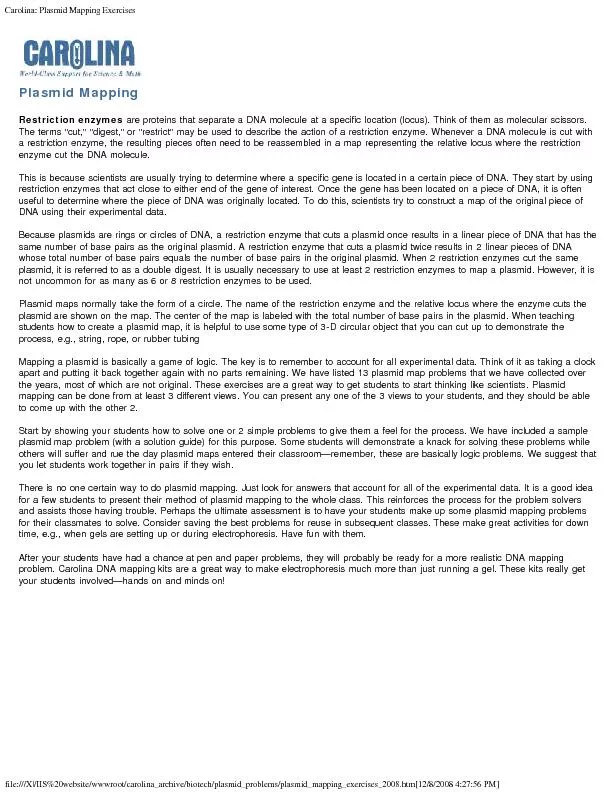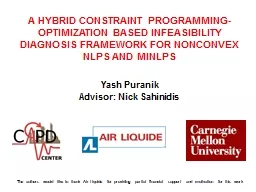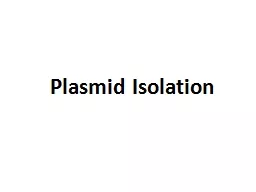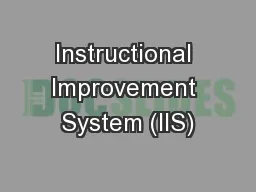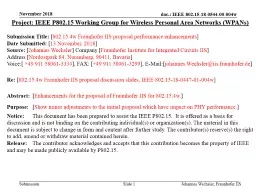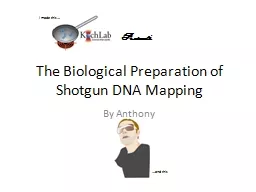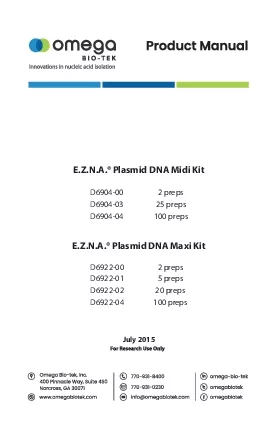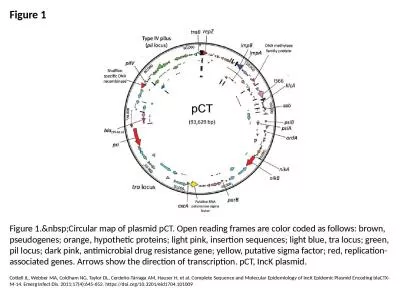PDF-Carolina: Plasmid Mapping Exercisesfile:///X|/IIS%20website/wwwroot/ca
Author : test | Published Date : 2016-07-10
Restriction enzymes Carolina Plasmid Mapping ExercisesfileXIIS20websitewwwrootcarolinaarchivebiotechplasmidproblemsplasmidmappingexercises2008htm Sample Map Problem Experimental
Presentation Embed Code
Download Presentation
Download Presentation The PPT/PDF document "Carolina: Plasmid Mapping Exercisesfile:..." is the property of its rightful owner. Permission is granted to download and print the materials on this website for personal, non-commercial use only, and to display it on your personal computer provided you do not modify the materials and that you retain all copyright notices contained in the materials. By downloading content from our website, you accept the terms of this agreement.
Carolina: Plasmid Mapping Exercisesfile:///X|/IIS%20website/wwwroot/ca: Transcript
Download Rules Of Document
"Carolina: Plasmid Mapping Exercisesfile:///X|/IIS%20website/wwwroot/ca"The content belongs to its owner. You may download and print it for personal use, without modification, and keep all copyright notices. By downloading, you agree to these terms.
Related Documents

